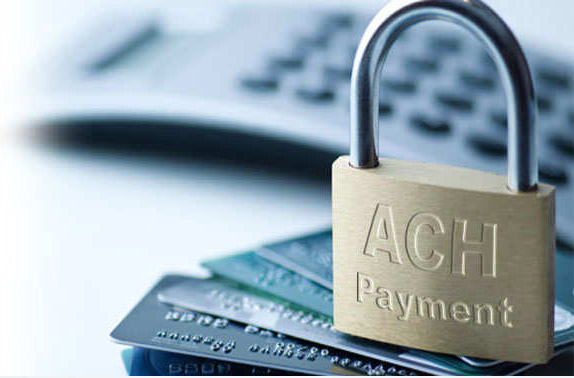ACH payment processing is a method of electronic payment in which funds are transferred from one bank account to another through the Automated Clearing House (ACH) network. ACH payments are typically used for direct deposit of payroll, Social Security benefits, and tax refunds, as well as for recurring bill payments, such as utilities, insurance premiums, and mortgage payments.
An ACH payment is initiated by the payer, who authorizes the payment through a secure online portal or by providing written authorization to the payee. The payee then initiates the ACH transfer, which is processed through the ACH network and settles in the payee’s bank account.
One advantage of ACH payment processing is that it is typically less expensive and more efficient than other forms of payment, such as wire transfers or checks. It is also more secure, as the ACH network is subject to strict regulatory oversight and has a low incidence of fraud.
Types of ACH Payments
There are two main types of ACH payments: ACH credits and ACH debits.
An ACH credit is a payment in which funds are transferred from the payer’s account to the payee’s account. ACH credits are often used for direct deposit of payroll and other types of income.
An ACH debit is a payment in which funds are transferred from the payee’s account to the payer’s account. ACH debits are often used for recurring bill payments and other types of outbound payments.
There are also two subtypes of ACH payments: prearranged payments and one-time payments.
A prearranged payment is a payment that is scheduled to occur on a regular basis, such as monthly utility bill payments or quarterly insurance premiums.
A one-time payment is a payment that is not part of a recurring schedule, such as a one-time payment to a contractor or a one-time donation to a charity.
It is important to note that ACH payments can be either credit or debit transactions, and can be either prearranged or one-time payments.
How Does ACH Payment Processing Work?
Here is a general overview of how ACH payment processing works:
- The payer authorizes the payment: The payer provides written authorization or uses a secure online portal to initiate the ACH payment.
- The payee initiates the ACH transfer: The payee initiates the ACH transfer by submitting the payment information to their financial institution.
- The ACH network processes the payment: The ACH network processes the payment and sends it to the payee’s financial institution for settlement.
- The payee’s financial institution credits the payee’s account: The payee’s financial institution credits the payee’s account with the funds from the ACH payment.
- The payer’s financial institution debits the payer’s account: The payer’s financial institution debits the payer’s account for the amount of the ACH payment.
It is important to note that ACH payment processing can take several days to complete, depending on the specific terms of the payment and the financial institutions involved.
How to Make an ACH Payment via the ACH Network?
To make an ACH payment via the ACH network, you will need to follow these steps:
- Obtain the necessary payment information: You will need to obtain the necessary payment information, such as the payee’s name, bank account number, and routing number. This information can usually be found on a check or by contacting the payee directly.
- Choose a payment method: You will need to choose a payment method, such as online banking, a mobile app, or a written authorization form.
- Initiate the payment: Depending on the payment method you have chosen, you will need to initiate the payment through your bank’s online portal, mobile app, or by providing written authorization to the payee.
- Confirm the payment: Once the payment has been initiated, you should confirm that the payment has been successfully transmitted to the ACH network for processing.
- Monitor the payment: You should monitor the payment to ensure that it is credited to the payee’s account in a timely manner.
It is important to note that the specific steps for making an ACH payment may vary depending on the financial institution and payment method you are using.
How to Accept ACH Payments?
To accept ACH payments, you will need to follow these steps:
- Obtain the necessary payment information: You will need to obtain the necessary payment information, such as the payer’s name, bank account number, and routing number. This information can usually be obtained through a written authorization form or a secure online portal.
- Set up an ACH merchant account: You will need to set up an ACH merchant account with a financial institution or payment processor that is able to process ACH payments. This will typically require you to complete an application and provide information about your business, as well as any applicable fees.
- Choose a payment gateway: You will need to choose a payment gateway that is able to process ACH payments. A payment gateway is a software application that enables you to securely accept payments online.
- Integrate the payment gateway into your website: You will need to integrate the payment gateway into your website or e-commerce platform in order to accept ACH payments. This will typically require you to use APIs (application programming interfaces) or other integration methods.
- Test the payment system: Before going live with your ACH payment system, you should test it to ensure that it is working properly and that all necessary security measures are in place.
It is important to note that the specific steps for accepting ACH payments may vary depending on the financial institution and payment gateway you are using.


